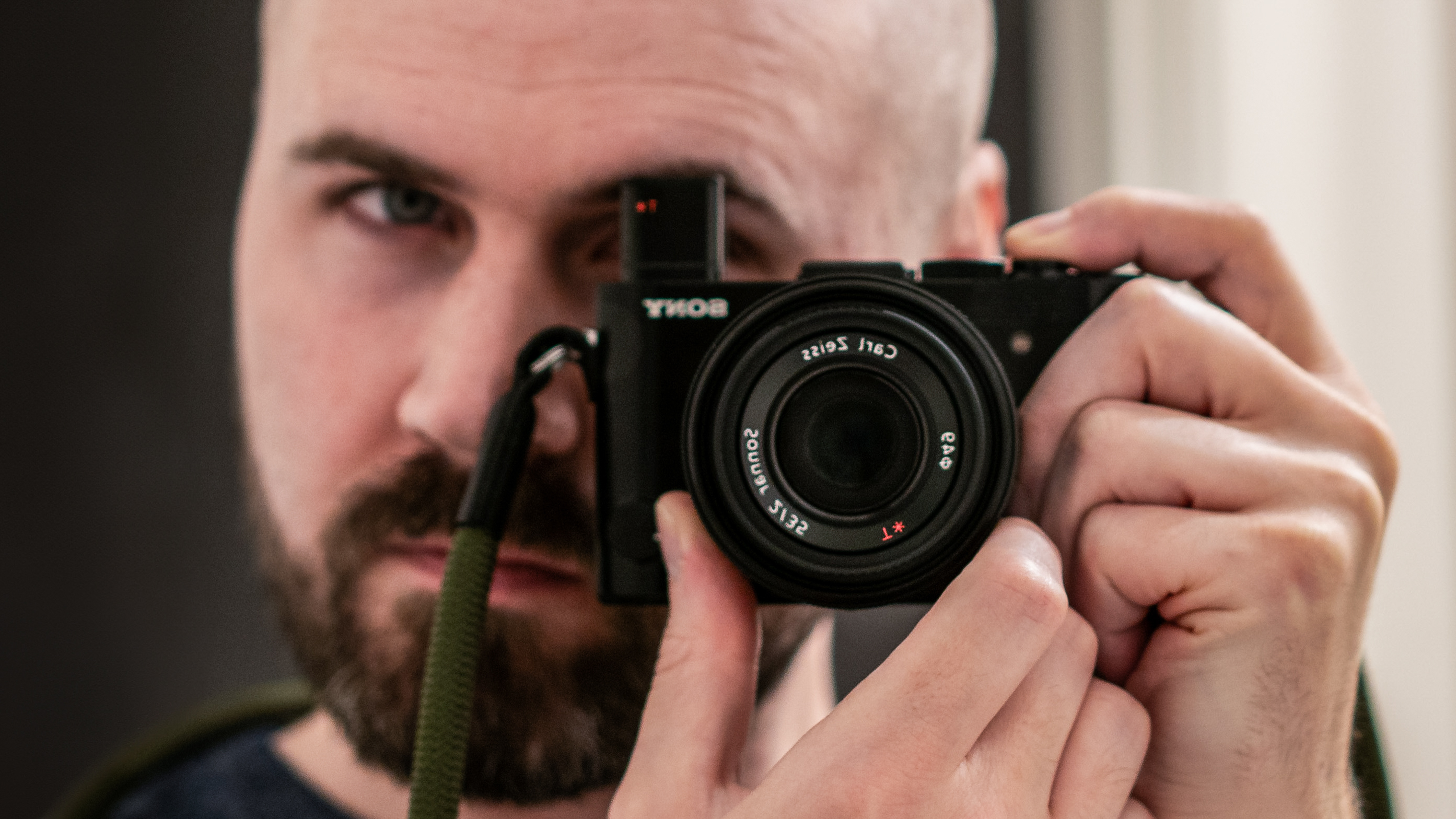Best lenses for the Sony A7S III (and A7S II)
The A7S III was launched back in 2020 and a lot has happened since – so what are the best lenses for the Sony A7S III today?

The Sony A7S III remains one of Sony’s key hybrid cameras. The 12MP sensor is a little lacking in resolution for stills photographers, but its video capabilities – which include 4K at up to 120p – have yet to be surpassed in the Sony lineup.
We now have the Sony ZV-E1, one of the best vlogging cameras around, and the Sony FX-3, which is a great introduction to the best cinema cameras. But if you’re looking for the best hybrid camera and most of your work is for digital distribution, then the Sony A7S III combines excellent video capabilities with effective stills photography features too.
Other Sony cameras have more resolution and even 8K video, but the A7S III remains one of the best Sony cameras for expert/professional content creators.
But what are the best lenses for the Sony A7S III? In drawing up our list we’ve taken a few key factors into account. One is that this camera is likely to be used principally for video, so we’ve chosen lenses with fast, silent autofocus and an aperture ring for direct iris control while filming.
Another factor is size and weight. This may not be important if you are filming with a tripod, but it’s a big factor for gimbal users, where Sony’s later more compact lenses are a better match for more mobile filmmaking.
These qualities apply equally for users of the previous Sony A7S II. The A7S III represented a substantial upgrade, but there will be plenty of A7S II models still in use, and this is still a good 4K video camera and will benefit equally from the right lenses.
So let’s get on with the list…
Best lenses for the Sony A7S III (& II)
Why you can trust Digital Camera World

Specifications
Reasons to buy
Reasons to avoid
For any regular high-end Sony Alpha camera we would probably recommend the Sony FE 24-70mm f/2.8 GM II as a go-to standard zoom, but the requirements of Sony A7S III and A7S II owners might be a little different. The G Master lens is an excellent performer but big, heavy and expensive. For a lighter and more portable kit, the Sony FE 24-50mm f/2.8 G could be a much better proposition. It does only have a 2x zoom range, but it covers the wider focal lengths popular for filmmaking, and it’s considerably cheaper and lighter – and yet it still has a constant f/2.8 maximum aperture. It might only be a ‘G’ lens, but the optical performance is excellent – and you also get a physical aperture ring that can be de-clicked and a customizable focus hold button, both ideal for filmmakers.
See our full Sony FE 24-50mm f/2.8 G review
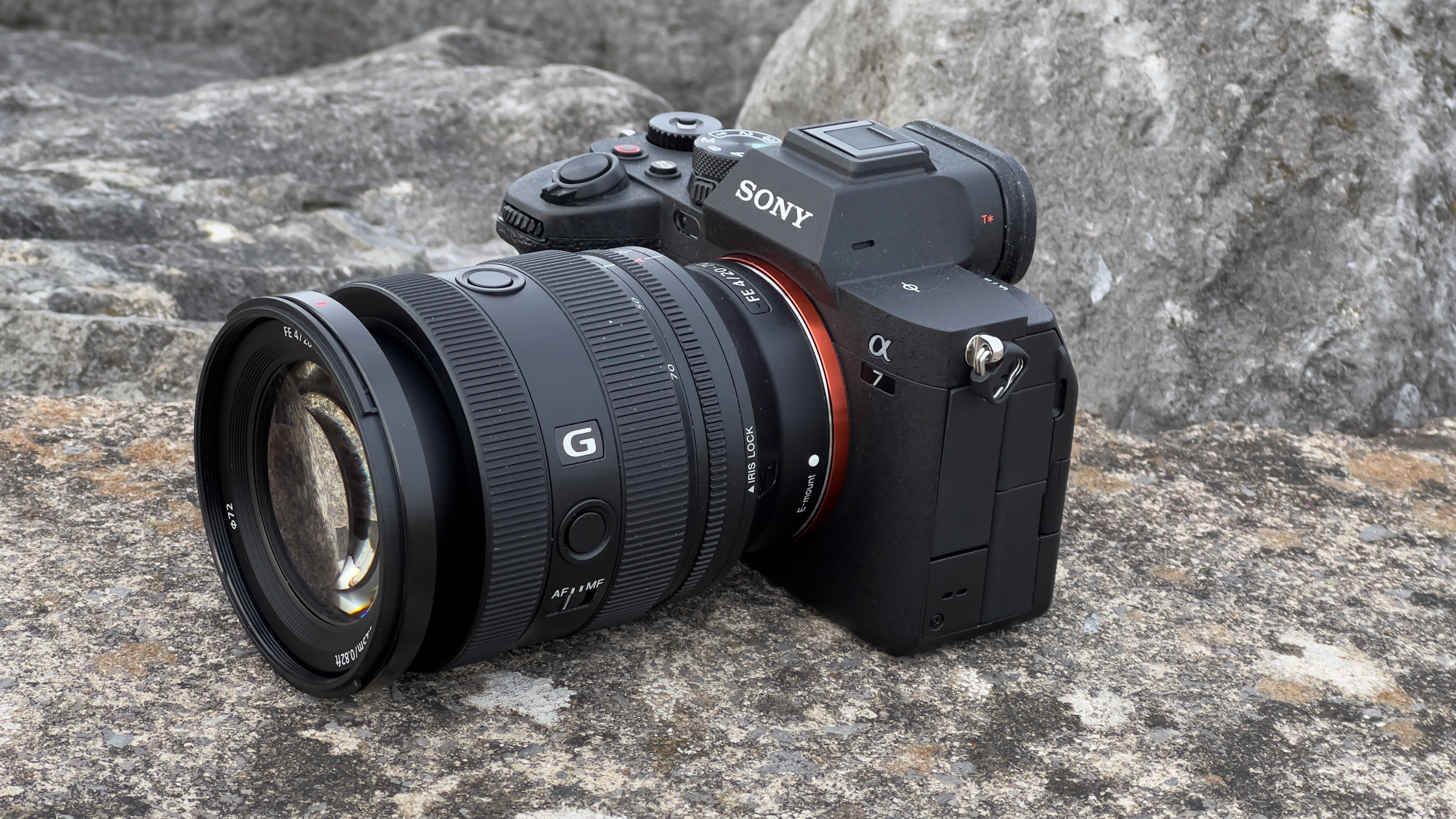
Specifications
Reasons to buy
Reasons to avoid
Here’s another alternative standard zoom for the Sony A7S III. The Sony FE 20-70mm f/4 G covers an unusual focal range, going much wider than a regular standard zoom. In fact the 20mm minimum focal length is wide enough that you may not even need to pack (or buy) an ultra-wide zoom. At the very least, the 20-70mm f/4 saves you changing lenses so often. Like most modern mirrorless lenses, it does rely heavily on digital corrections, but these are applied automatically both in-camera and via most raw processing tools, so you won’t even notice – and the image quality you get is very good indeed. If you’re looking for a light, portable and compact lens for handheld or gimbal filming, this probably isn’t it, but with the potential to replace two regular lenses, it’s definitely worth considering.
See our full Sony FE 20-70mm f/4 G review
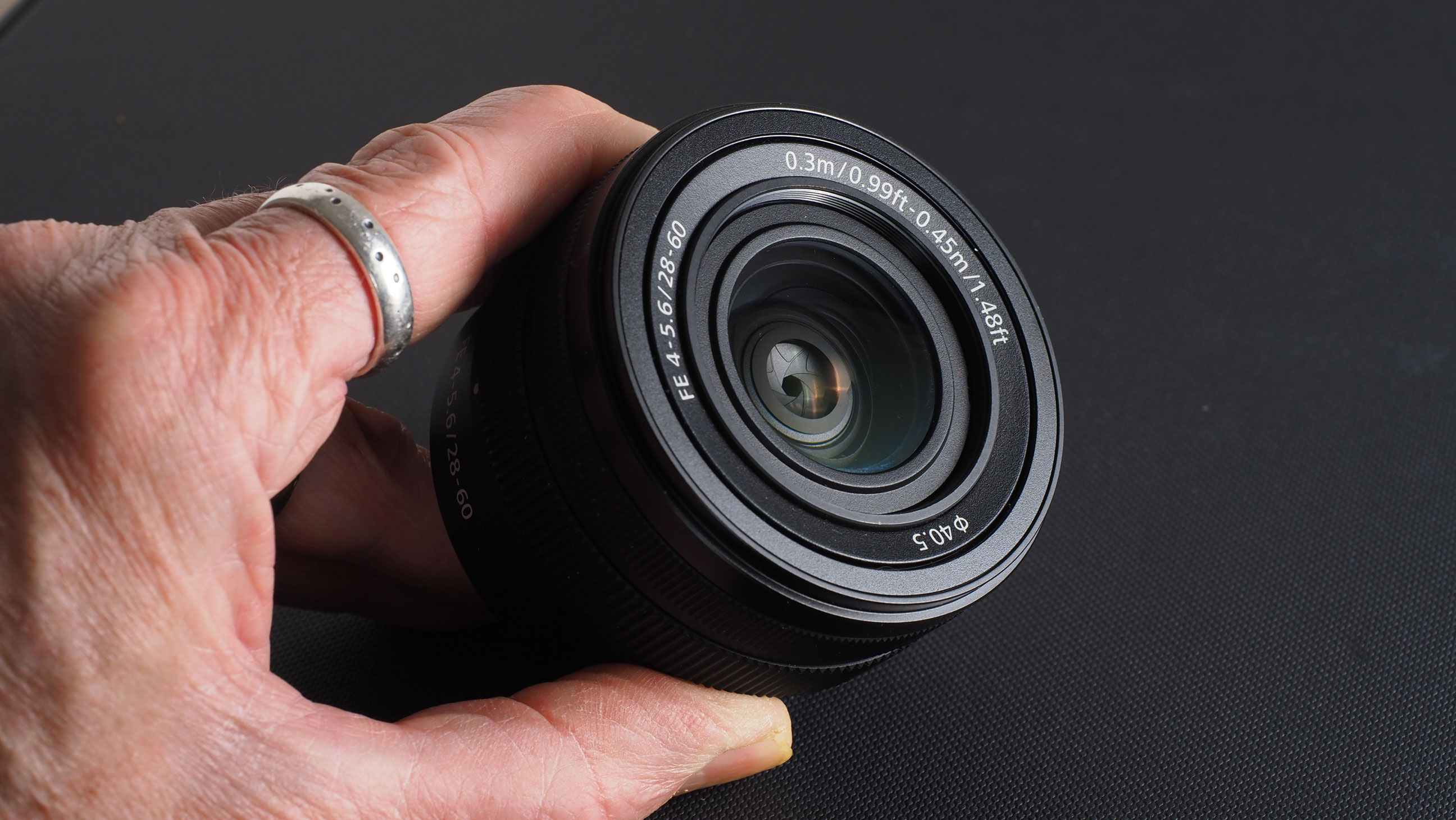
Specifications
Reasons to buy
Reasons to avoid
Here is a third ‘alternative’ standard zoom for the Sony A7S III. The Sony E 28-60mm f/4-5.6 G is normally sold as a kit with the Sony A7C, so if you want to use it with the A7S III then you’ll have to buy it separately. Its disadvantages are its variable maximum aperture across its (relatively short) zoom range and its lack of a physical aperture ring. But what you do get is an extremely compact lens with fast, silent autofocus and excellent optical performance. It’s not a whole lot larger than Sony’s compact 24mm, 40mm and 50mm primes, but it has the flexibility of a zoom and weighs just 167g. It does use a retracting mechanism to collapse down to its small packed size, but it only takes a moment to extend it ready for use.
See our full Sony FE 28-60mm f/4-5.6 G review
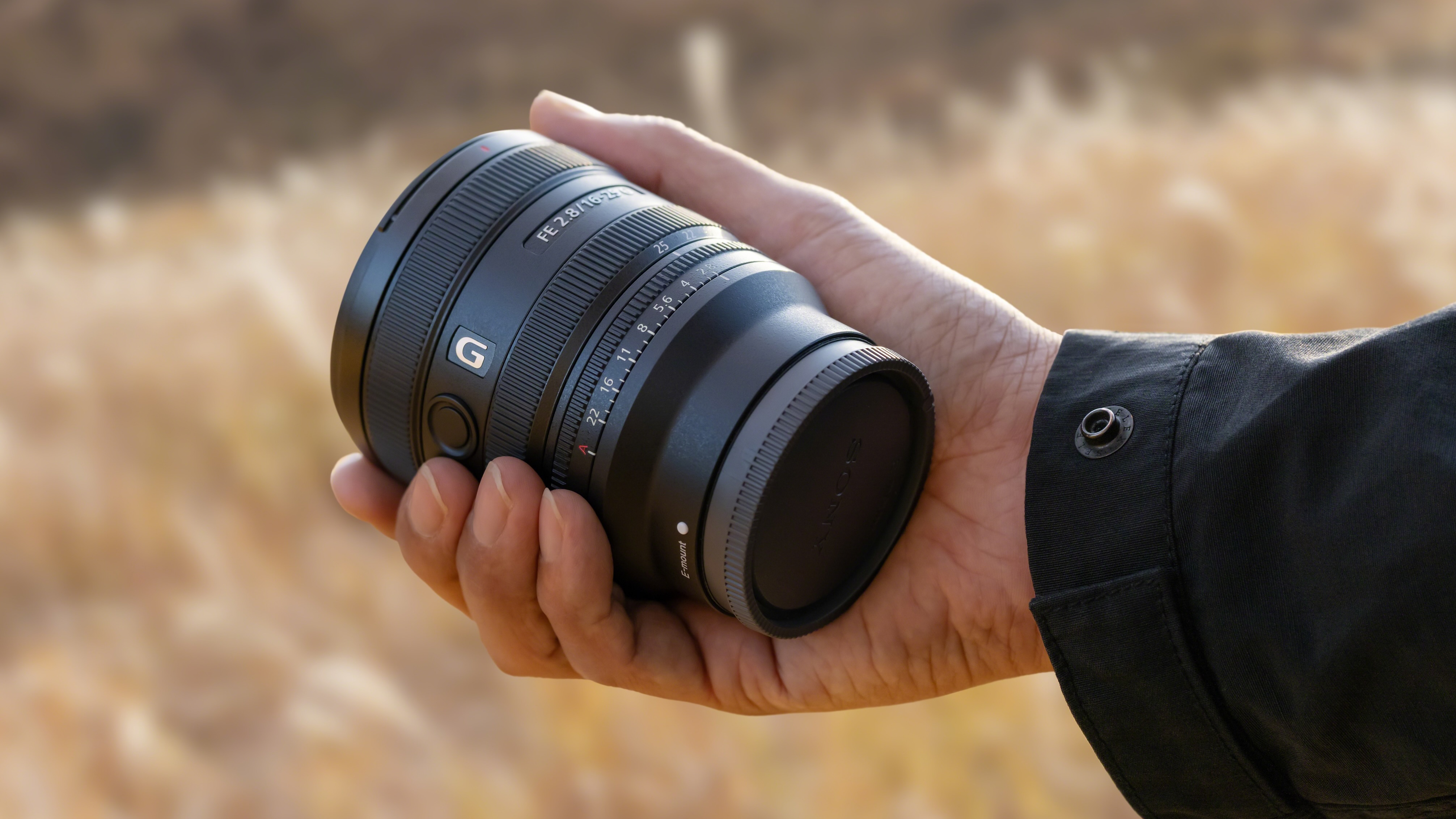
Specifications
Reasons to buy
Reasons to avoid
Sony’s G Master lenses are great performers but they are not small, especially for handheld or gimbal videography. That’s why it’s been great to see Sony launching a range of compact primes and now, two compact and relatively affordable zooms. The Sony FE 24-50mm f/2.8 G is a great constant aperture standard zoom, and this FE 16-25mm f/2.8G is its perfect ultra-wideangle zoom companion. The narrow 16-25mm zoom range may be an issue for some users, though, especially since most competing zooms are in the 16-35mm zoom range. However, the 16-25mm f/2.8 does cover most of the focal range we buy wideangle lenses for, it delivers excellent optical quality and handles beautifully too, with the perfectly-weighted de-clickable aperture ring that features on all the best Sony lenses.
See our full Sony FE 16-25mm f/2.8 G review
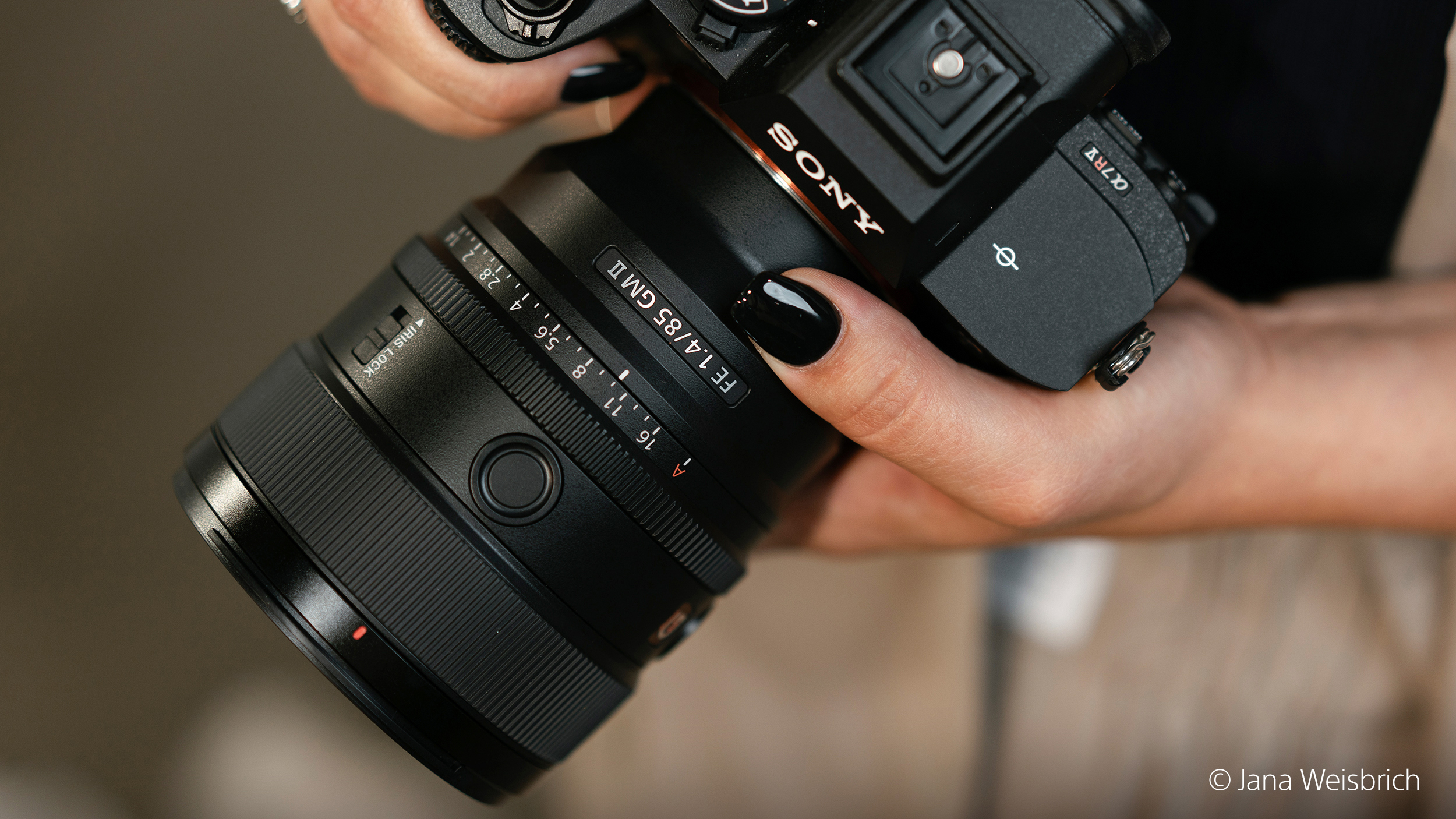
Specifications
Reasons to buy
Reasons to avoid
The original Sony FE 85mm f/1.4 GM was such a great lens that it was hard to see what Sony could add with the FE 85mm f/1.4 GM II. We soon found out. The optical performance is stunning – even better than the original – with super smooth and creamy bokeh in defocused backgrounds. The upgraded autofocus is now smoother and faster, Sony has done all this with a new, lighter design. Is this the best portrait/short telephoto lens for the Sony A7S III? In terms of performance, yes, though if this is a focal length you don’t rely on professionally all the time but just need it for occasional use, take a look at the Sony FE 85mm f/1.8 G. It’s a good lens in its own right and a whole lot cheaper.
See our full Sony FE 85mm F1.4 GM II review
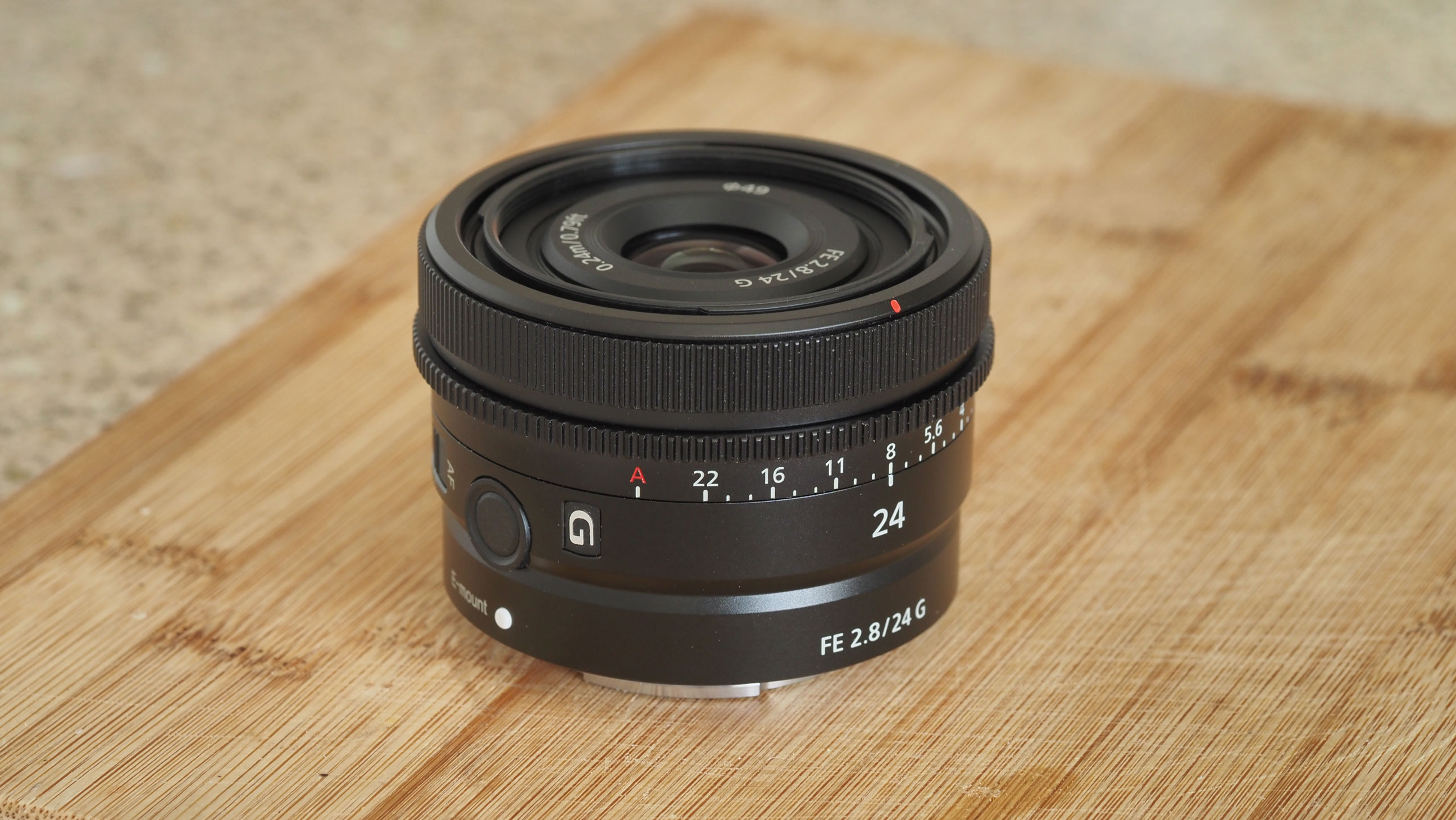
Specifications
Reasons to buy
Reasons to avoid
What’s truly impressive about Sony’s trio of compact full frame primes is how the designers have still found room for an aperture ring. The Sony FE 24mm f/2.8 G is the widest of these three lenses and perhaps the most useful for vloggers and filmmakers, though not the strongest in optical terms. There is some strong barrel distortion that’s corrected digitally, and some visible edge softness too. That’s a little disappointing in a lens at this price, and the f/2.8 maximum aperture is hardly stretching the laws of physics either. It’s still a good lens, though, and a very handy size and weight for handheld or gimbal use. If you need more light-gathering power and resolution, take a look at the FE 24mm f/1.4 G Master – though this is a bigger, heavier and much more expensive lens.
See our full Sony FE 24mm f/2.8 G review
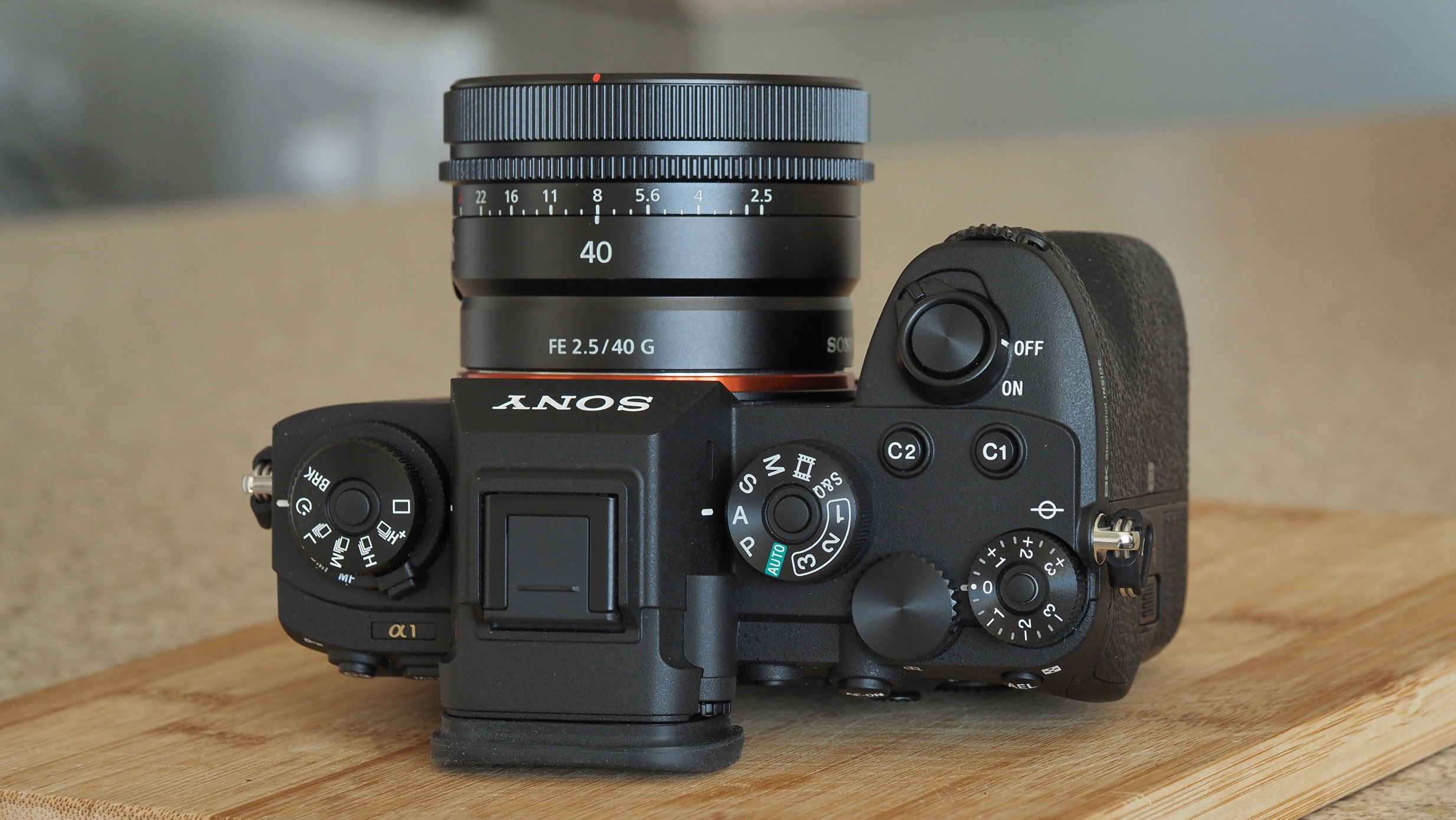
Specifications
Reasons to buy
Reasons to avoid
For many users, this could be the best of Sony’s three compact full frame primes. The 40mm focal length is just a whisker longer than the classic 35mm angle of view, but 40mm lenses do have fans of their own, offering a wider view than the regular ‘nifty fifty’ but without exaggerated perspectives. This one is a little gem. It’s compact and light but handles like a dream. The aperture ring has smooth, positive click-stops, but can be de-clicked for smooth and silent iris adjustment while filming. The image quality is excellent right across the frame and the autofocus is smooth and silent, which is exactly what you need for vlogging. If only it wasn’t quite so expensive!
See our full Sony FE 40mm f/2.5 G review
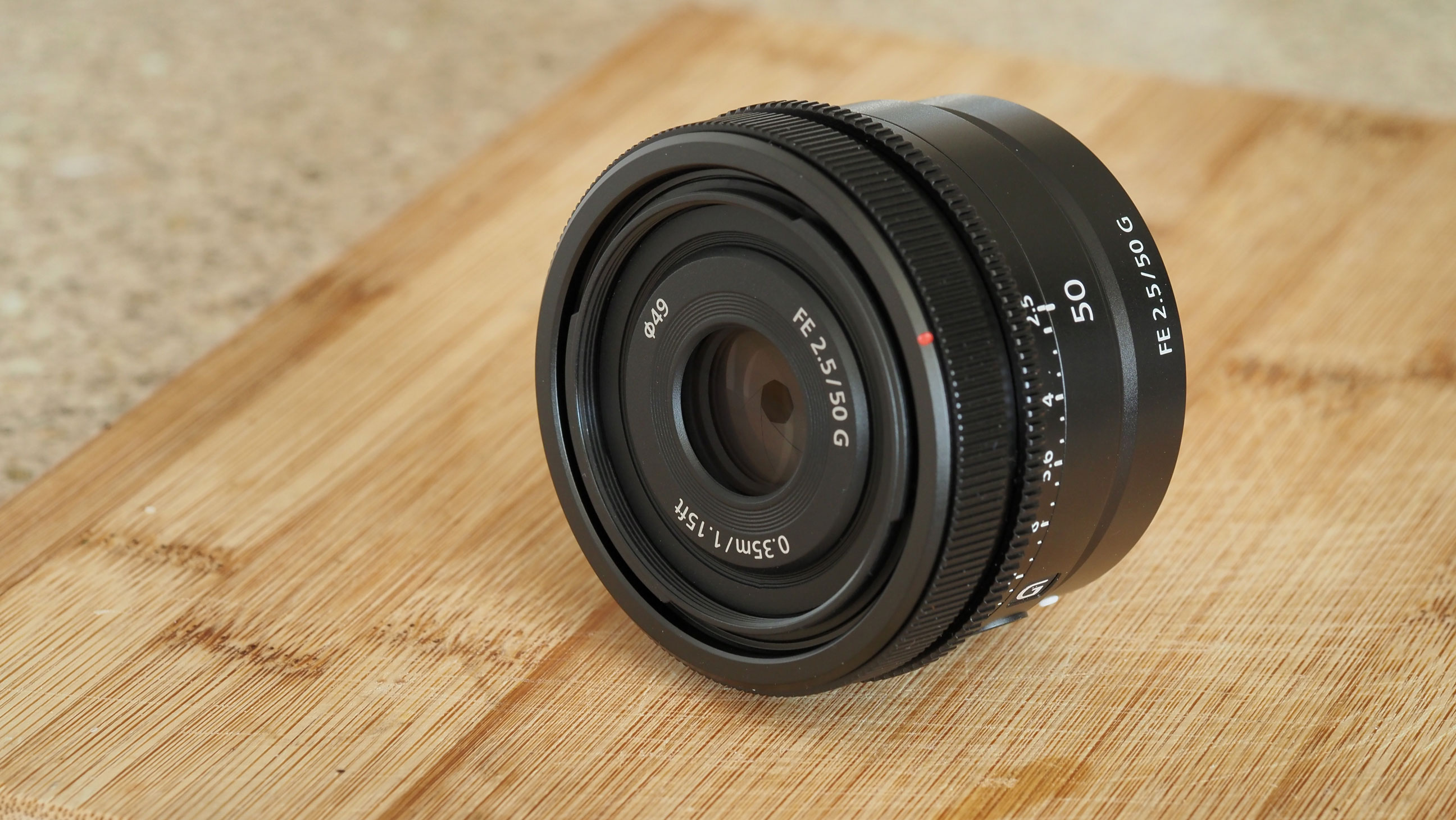
Specifications
Reasons to buy
Reasons to avoid
If your camera kit doesn’t feel complete without a 50mm lens, then you might want to consider this one. The Sony FE 50mm f/2.5 G is the third of Sony’s compact full frame primes, and it really is quite tiny. The maximum aperture of f/2.5 is pretty modest by 50mm standards, but the optical performance is excellent, so there’s no other compromise. It’s ideal for video shooters who like the 50mm focal length as it weighs just 174g and won’t strain your gimbal motors in the slightest. With its physical aperture/iris ring and fast and silent AF, it handles beautifully. The alternatives are the Sony 50mm f/1.8 G, which is nice but basic, the Sony FE 50mm f/1.4 G Master or, if you really want to go extreme, the Sony FE 50mm f/1.2 GM.
See our full Sony FE 50mm f/2.5 G review
How to choose the best lens for the A7R III and A7R IV
The Sony A7S III and A7S II, like all Alpha 7 cameras, use the Sony E lens mount. Sony’s own lenses have either FE or E in their model names: all work on the A7R III and A7R IV. However, FE lenses are specificallydesigned for use with full-frame Sony cameras, including the A7S III and A7S II so these should be your obvious choice
It is important to remember that the Sony A7S range is specifically designed with a low-resolution sensor to meet the needs of those who either primarily shoot video, or those who work in lowlight (such as astrophotographers). So the lenses need to be picked to suit the camera's primary purpose.
Check out our guide to the best Sony lenses if you want to know more
How we test lenses
For every lens we get in for review, our Lab Manager runs a series of tests under controlled conditions, using the Imatest Master testing suite. Photos of test charts are taken across the range of apertures and zooms (where available), then analyzed for sharpness, distortion and chromatic aberrations.
We use theseImatest SFR (spatial frequency response) charts and analysis software to plot lens resolution at the centre of the image frame, corners and mid-point distances, across the range of aperture settings and, with zoom lenses, at four different focal lengths.
There's more to it than just the technical side, though! Beyond the lab, our reviewers test lenses in real-world environments – and sometimes on professional shoots! We work with lenses both indoors and outdoors, in studio conditions and in natural light, with as many different subjects as is possible.
We take into account everything from handling and ease of use to speed of autofocus and the overall quality of the images produced.
Find out more about how we test and review on Digital Camera World
Get the Digital Camera World Newsletter
The best camera deals, reviews, product advice, and unmissable photography news, direct to your inbox!

Rod is an independent photography journalist and editor, and a long-standing Digital Camera World contributor, having previously worked as DCW's Group Reviews editor. Before that he has been technique editor on N-Photo, Head of Testing for the photography division and Camera Channel editor on TechRadar, as well as contributing to many other publications. He has been writing about photography technique, photo editing and digital cameras since they first appeared, and before that began his career writing about film photography. He has used and reviewed practically every interchangeable lens camera launched in the past 20 years, from entry-level DSLRs to medium format cameras, together with lenses, tripods, gimbals, light meters, camera bags and more. Rod has his own camera gear blog at fotovolo.com but also writes about photo-editing applications and techniques at lifeafterphotoshop.com
